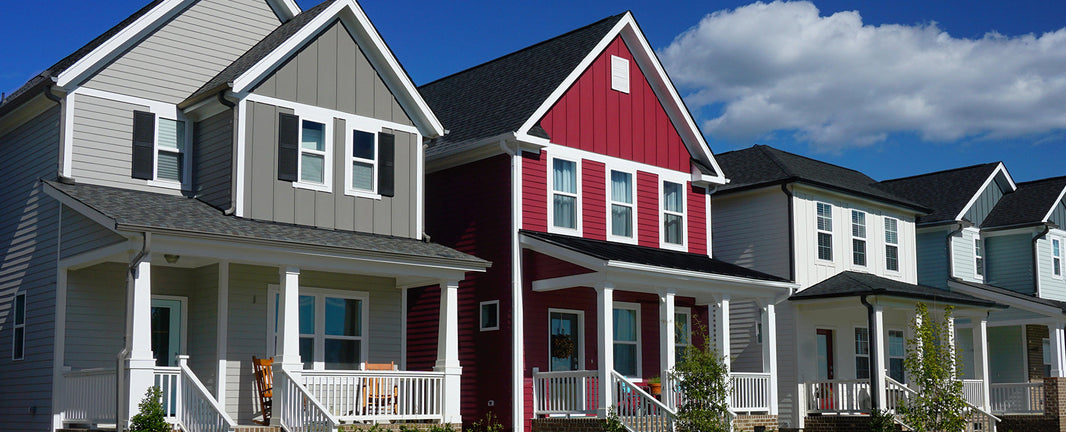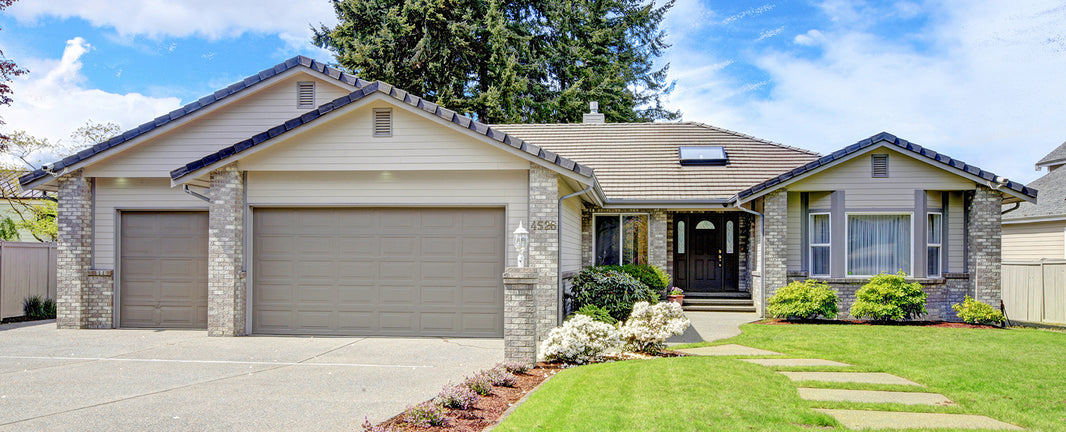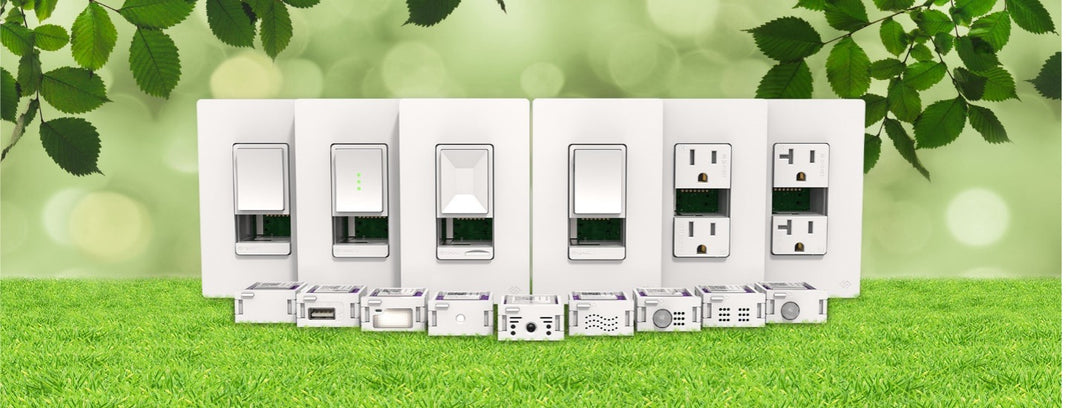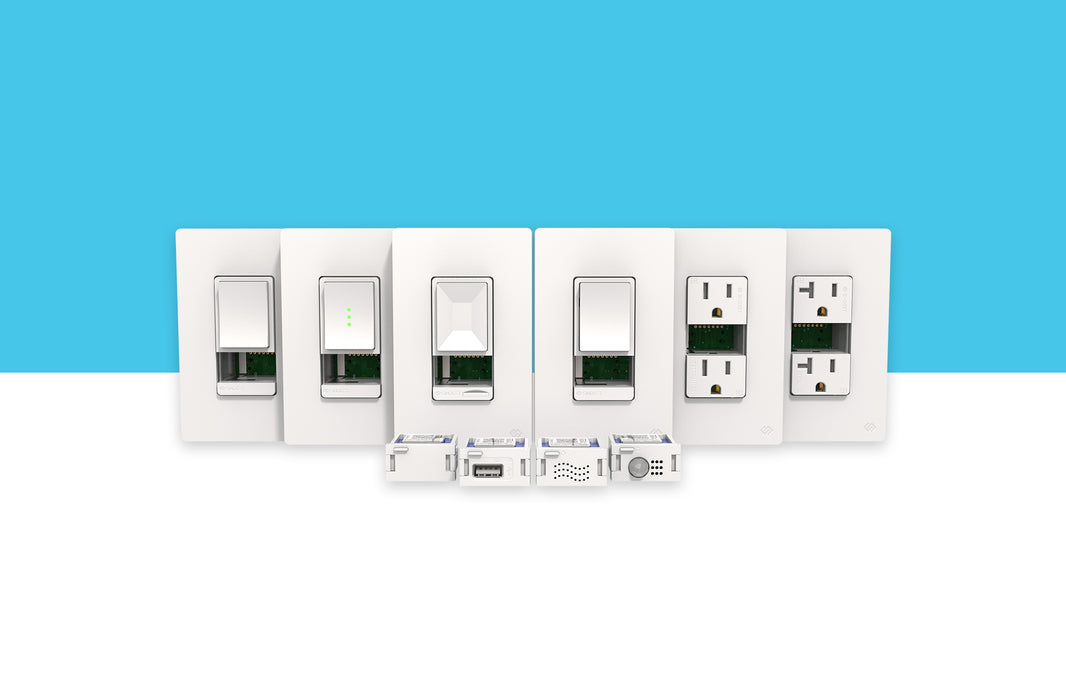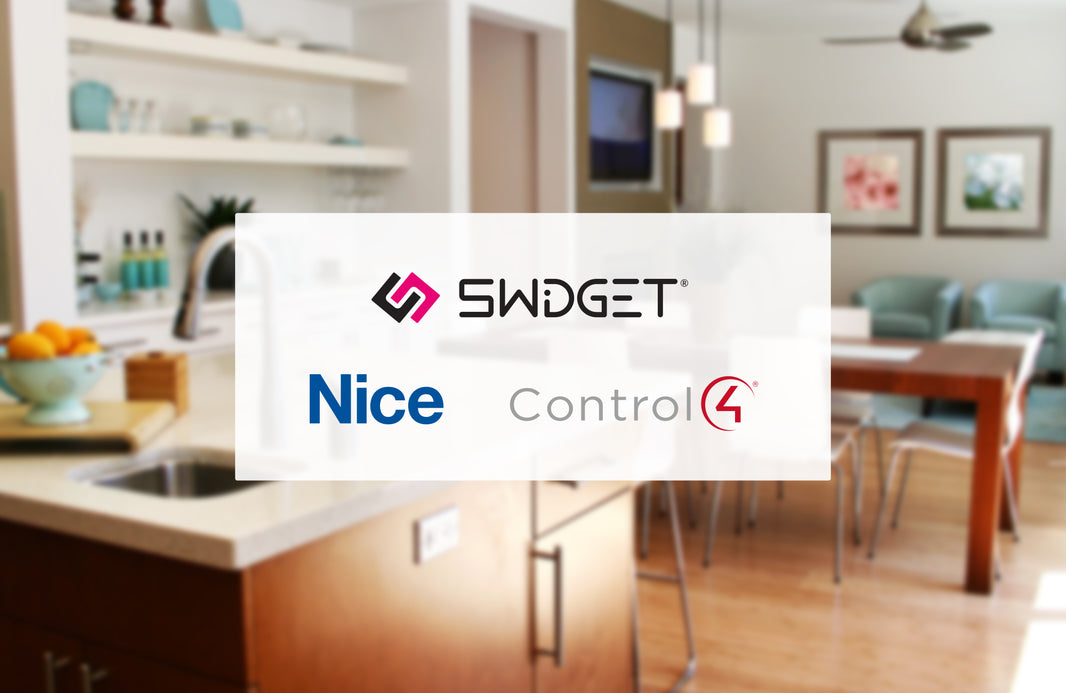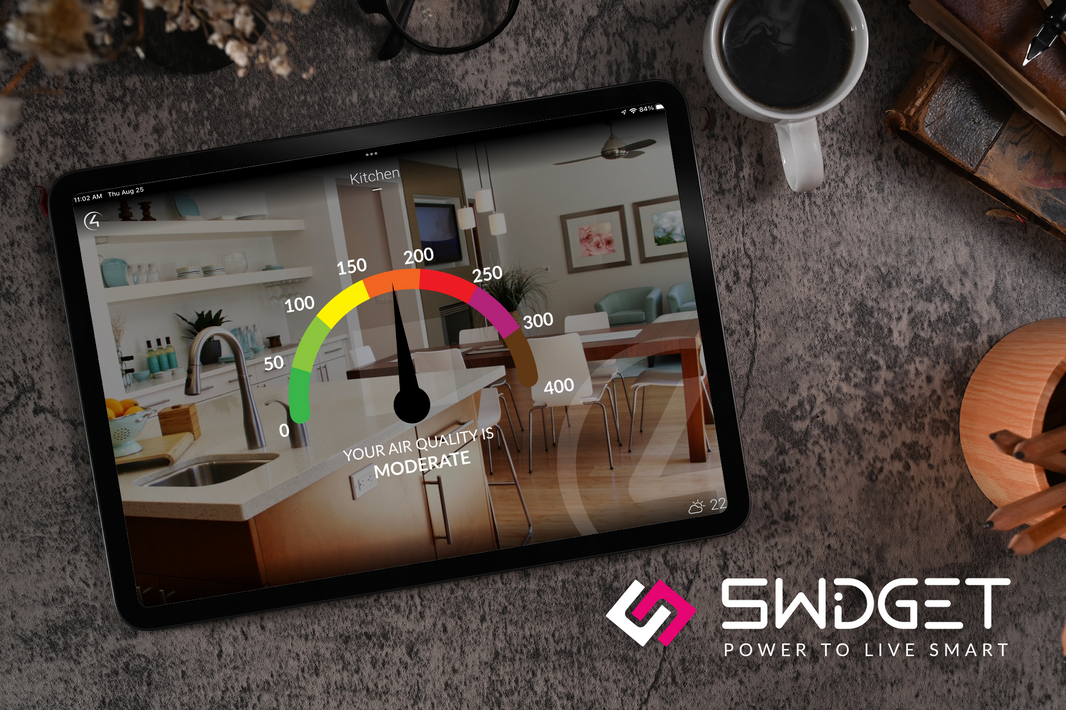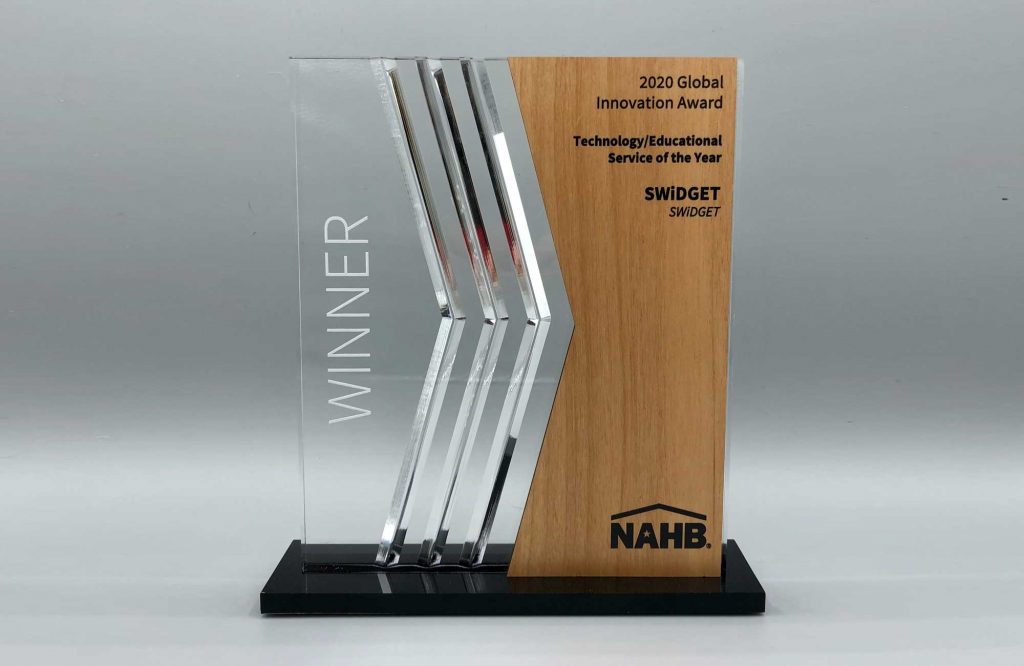Since the pandemic, the term ‘aging in place’ has gained significant importance and attention with policy makers. Surprisingly, recent studies still state that most of the population are not aware of the term. What exactly is it?
Aging in place is defined by the U.S. Centers for Disease Control and Prevention (CDC) as “the ability to live in one’s own home and community safely, independently and comfortably, regardless of age, income or ability level”. According to reports from the American Association of Retired Persons (AARP), roughly 90 percent of older adults would prefer to remain in their own home as they age, rather than uprooting to expensive, institutional care. They have a unique connection with their homes that make them want to live in them as they grow old. Of surveyed seniors who planned to age in place, the most popular reasons for their preferences were “to stay in a home I like” and “to be near friends and family”.
With any new idea comes its own set of challenges. Traditionally, aging parents require the assistance of children and loved ones as they grow older, or expensive institutional care, but we are seeing drastic change in this way of life. What factors are causing this shift?
1. Maintaining Independence
More than ever before, seniors are looking to maintain their quality of life and independence while still living in their own homes. They want to have control over their routine, activities, when they can have visitors and overall life decisions. This kind of independence simply doesn’t exist in senior living facilities. Aging in place allows for a greater degree of independence and seniors can live their lives as they want while enjoying a sense of dignity unavailable to many elderly adults.

2. Aging in place endorsed by a Pandemic
Aging in place has become even more desirable due to the COVID-19 pandemic. A recent survey conducted by the National Institute on Aging, a research organization at Toronto’s Ryerson University, found that 60% of Canadians changed their opinions on living in a nursing or retirement home due to the pandemic.
While countries across the globe enforced strict stay-at-home orders to stop the spread of the virus, homeowners focused on improving the quality of life within their homes. The use of technology such as video conferences, contactless payment, telehealth, and online shopping has grown exponentially during this time making the need to leave home less of a necessity as owners invested in home modifications to make their lives more comfortable and secure. With new renovations and upgrades to make homes more functional, the idea of aging in place is even more appealing especially for those who will be faced with the decision in the not-so-distant future.

3. Cost-Savings of Living at Home
Nursing homes and assisted living facilities can often be too expensive for seniors. Although aging in place comes with its own financial challenges, it is much cheaper to modify homes to make them safer, more livable and emergency service ready.
Since many seniors own their homes, their expenses are usually lower than the fees associated with assisted living. In 2018, the average out-of-pocket monthly cost for a senior to age in his or her own home was $928 versus $3,038 for that same senior to live in an institutional setting. This cost increases when you add additional services, such as cleaning, laundry, and personal care.
With technology becoming more affordable and government credits becoming increasingly available, the cost-savings of aging in place could prove to be a financially safer option.

4. Advancement of Home Automation Technology
Technology is rapidly evolving, bringing modern solutions to modern problems. Smart home technology, emergency response systems, wearables and virtual medicine have come a long way, and with the hectic lifestyle of most individuals, the need for automation has become essential to their day to day lives.
Technologies such as Swidget’s modular smart home system brings to the market key comfort and convenience devices such as temperature/humidity sensors that can sense the rise or fall in room temperature, air quality sensors that can alert you when your indoor air quality is less than optimal, and much more. Using these sensors with partner products such as Panasonic’s HVAC systems, allows you to automate your home’s air quality to ensure fresh air is circulating when you need it most. Added functionality such as power monitoring, standard in all Swidget devices, can be useful when monitoring daily tasks such as turning on the coffee maker. If the task is not initiated, an alert can be sent to a loved one through the Swidget app. Furthermore, in the near future, Inserts such as the Swidget Temperature/Humidity and Motion Sensor will be able to detect falls or possible emergency situations like smoke, fire, and other SOS signs that can be communicated to a loved one or caregiver as it happens.
 Swidget Suite of Products
Swidget Suite of ProductsAs our population ages, we at Swidget are proud to be on the forefront of innovation with a suite of devices ready to help people live safely, comfortably, and with dignity.
To check out our Award-winning suite of products, visit our online store.












